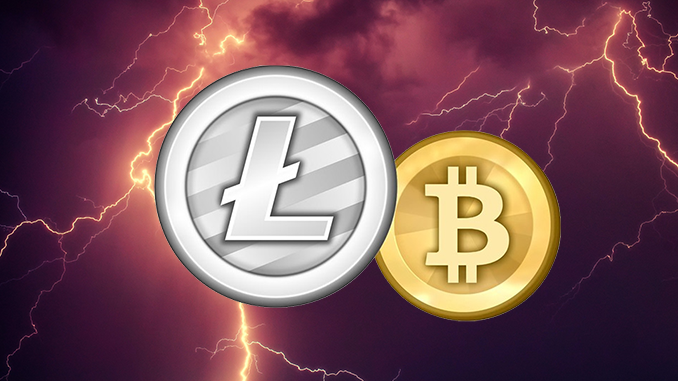
Litecoin, along with Bitcoin, is one of the most well-known and successful global cryptocurrencies. LTC and BTC have technologically important similarities, but also differences that should be known.
Currently, Litecoin (LTC) and Bitcoin are appearing together more frequently in crypto news because a way has been found to anchor NFTs in their blockchains as well. This is where the fact that both Bitcoin and Litecoin operate on a largely identical technological basis comes into play. But how did this actually come about and what differences between BTC and LTC should one keep in mind when evaluating investment opportunities?
Bitcoin has been circulating since 2009 and was launched by Satoshi Nakamoto, who has remained anonymous. Since then, BTC has been considered the mother of all cryptocurrencies and Bitcoin has been able to establish its status as the lead currency for the crypto market. Litecoin started in 2011 and has a founder in Charlie Lee, who did not hide and previously programmed for Google. With LTC, Lee wanted to create an alternative to Bitcoin that works faster and cheaper.
Litecoin with advantages over Bitcoin due to larger block size in everyday use
After the launch of BTC, it quickly became apparent that the block size of around 1 MB in the blockchain, which is anchored in the code, was only sufficient for around 7 transactions per second (TPS) and that transaction fees quickly skyrocketed during peak times. So Lee took Bitcoin’s ur-code and increased the block size to 4 MB for Litecoin. This trick made up to 56 TPS possible for LTC, which also keeps transaction fees more stable and lower. These advantages have developed into typical use cases for Litecoin as a payment method for micro-transactions.
The blockchains of BTC and LTC both rely on Proof-of-Work (PoW) as a protocol, which involves so-called miners. Bitcoin miners have become a separate line of business because they need highly sophisticated computers (ASICS) to operate. With Litecoin, Lee specified the Scrypt algorithm for miners, which has fewer hardware requirements. With PoW, the maximum number of all Bitcoin is capped at 21 million BTC, and with Litecoin, the higher block size makes it 84 million LTC. Since Bitcoin started earlier, theoretically 92 percent of all possible BTC are already in circulation by now. For Litecoin, 86 percent of all LTC have already been generated.
“Digital Gold” Bitcoin and “Little Brother” Litecoin
The close technological relationship to Bitcoin has earned Litecoin the nickname “little brother.” A look at the market capitalization confirms this; Bitcoin is backed by around 540 billion US dollars at the end of March 2023 and Litecoin by a good 6 billion US dollars. This gives LTC a place among the 15 most important cryptocurrencies, and Litecoin has held this position for years despite all the ups and downs on the markets. LTC will probably not become a “digital gold” like Bitcoin, but a disappearance into oblivion also seems out of the question for Litecoin.
For medium- and long-term investors, Bitcoin is the conservative choice as a store of value with profit opportunities. Those who are looking for a serious digital means of payment, not only for the online world, will quickly come across Litecoin.

Leave a Reply